These new socks combine modern technology with old time materials. The result is a warm durable sock made of bison down, merino wool, nylon and spandex.
I put a pair to the test under extreme conditions, and here is what I found.
by Leon Pantenburg
The Buffalo Wool Company supplied the product used in this review. At the time of publication, there was no advertising relationship between the company and Survivalcommonsense. I was not paid to do the review or write this post, and the Buffalo Wool Company had no input into this review.
I was backpacking deep in the Yellowstone backcountry, hiking the Thorofare Loop Trail, and several days into what turned out to be a 14-day trip.
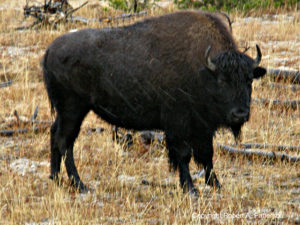
Bison are adapted to the extremes of temperatures found throughout the North American continent.
Apparently there were several bison (commonly referred to as buffalo) in the area, judging from the tracks on the trail and the organic evidence I’d been dodging. A tuft of brown fuzz, about six feet up, was in a tree. I plucked it off and examined the material closely. It was soft, springy and had no weight at all. It seemed like a really neat fiber. That was my first experience with bison down.
Today, the Buffalo Wool™ Company, based in Kennedale, Texas, is using that same down fiber to make a sock designed for hardcore, outdoor cold weather activities.
Why buffalo?
According to the company website: “The ultra soft, very crimpy bison fiber creates warmth, is extremely moisture wicking, and keeps you comfortable and dry. Bison offers superior breathability, temperature regulation and natural odor resistance. The sock experts at Fox River have helped us develop socks with stay-in-place fit, flex zones for added mobility, targeted heavy cushioning, and long-wear durability.”
I checked out the Trekker, the company’s warmest and thickest sock.
- Here are the Trekker specs:
- The Trekker is made of bison down and Merino wool
- 40 percent American bison down
- 40 percent superfine Merino wool
- 18 percent nylon and 2 percent spandex
- Thick terry loop construction, with ballistic nylon reinforcement a full 4″ up the heel, and completely covering the ball of the foot, not just the toe.
- Made in the USA
- 100 percent unconditionally guaranteed
History nerd that I am, I was naturally attracted to the idea of socks made from buffalo down.
There is no more iconic symbol of America, IMO, than the buffalo. Nearly wiped out by the late 1870s, Yellowstone National Park is the only place in the lower 48 states to have a continuously free-ranging bison population since prehistoric times. By 1902, poachers reduced Yellowstone’s small herd to about two dozen animals.
Today, commercial bison production is a thriving industry. Various products are being made from commercial herds, ranging from meat, pemmican, and leather to socks and clothing.
But no historic connection is enough to make me wear inefficient, crappy socks. If they aren’t warm, I’m not interested. I had been wearing the Trekkers in uninsulated walking shoes, on nightly dog walks in temperatures of about 40 degrees. The Trekkers were quite comfortable, but that was not much of a test.
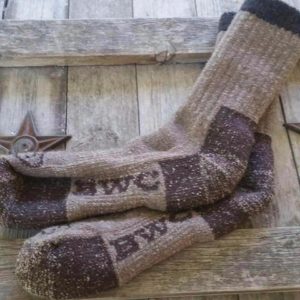
The Buffalo Wool Trekker socks feature a blend of Merino Wool and American bison down.
It snowed in Brandon, Mississippi on Dec. 8, 2017, and I jumped at the chance to try out the socks under adverse conditions. To do a realistic test with a control group I put a thick, cotton athletic sock (the kind of sock many newcomers wear outdoors) on one foot, and the Trekker on the other.
Now, obviously, this is an apples and oranges comparison. Depending on where you live, cotton clothing can kill you. Cotton is hydrophilic, meaning it is no good at wicking wetness away from the skin, and can become damp just by being exposed to humidity. But I was looking for a comparison standard, and cotton seems to be the most commonly available fabric.
For hiking shoes, I wore my hot weather desert standbys: Merrill™ Ventilators. The mesh upper is wonderful in hot weather, but terrible for hiking in snow and slush.
Here’s what I found out:
- It would be hard to find a worse choice for walking in cold, sloppy conditions than Ventilators and cotton socks. My feet were soaked very quickly, since I deliberately walked in the slush on the street. My cotton sock foot started chilling immediately. Within about 15 minutes, my toes were really cold and wet.
- The Trekker foot was comfortable. While that foot got wet, it didn’t get cold, and the fabric didn’t soak up moisture. When I walked on the dryish street and sidewalk, the socks quickly wicked away the moisture. My foot felt a little damp, but not cold.
- The Trekker stayed up, which is a big deal when hiking in cold temperatures.
- When I took off both socks, the cotton sock was cold to the touch and I could wring water out of it. The buffalo sock was sorta cool, and water couldn’t be wrung out of it.
As an aside, I appreciate any products made in the USA. That means the worker made a fair wage, and the employees and company pay local, state and federal taxes. Also, a 100 percent satisfaction guarantee shows pride in workmanship and confidence in the product.
The socks retail for $38 per pair.
I like these socks very much, and anticipate wearing them a lot this winter.
Subscribe to the SurvivalCommonSense.com YouTube channel for more how-to’s and tips on using your own good common sense.

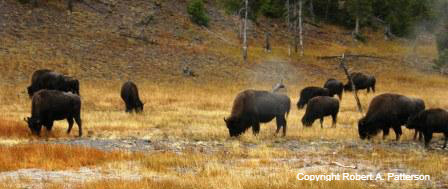

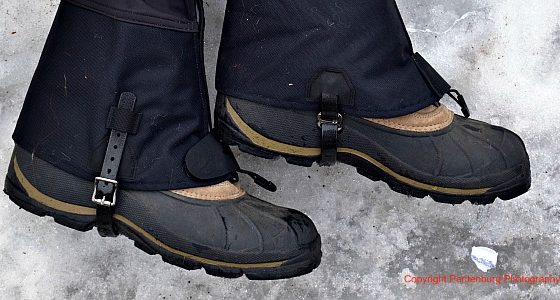
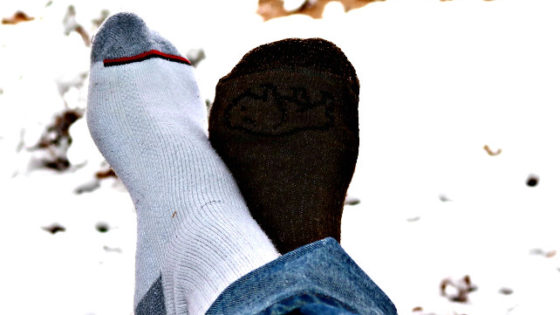
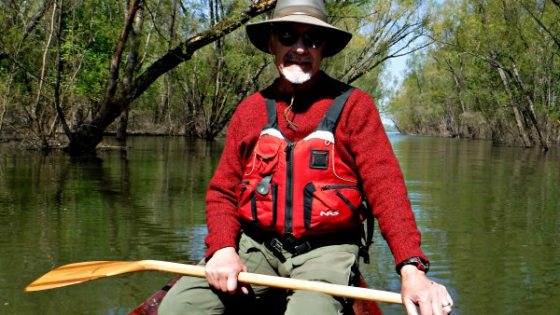
Leave a Reply